The plan is heavy on ambition, light on specifics.



The Internet of Things so widely predicted as the Next Big Thing in computing is full of promise but presents a correspondingly large vulnerability to cyber attacks, said Arati Prabhakar, director of DARPA, at the 2016 GeekWire Summit in Seattle today.
IoT offers “a huge value, but then with every advance comes more attack surface,” said Prabhakar during an interview with Alan Boyle, GeekWire’s aerospace and science editor. “Provably secure embedded systems is part of the answer.”
Now THIS is a competition I’m absolutely ecstatic to see take hold!
Elon Musk wants to put humans on Mars by 2025, but the Boeing CEO says the first person to arrive on the planet will do so on a Boeing rocket.
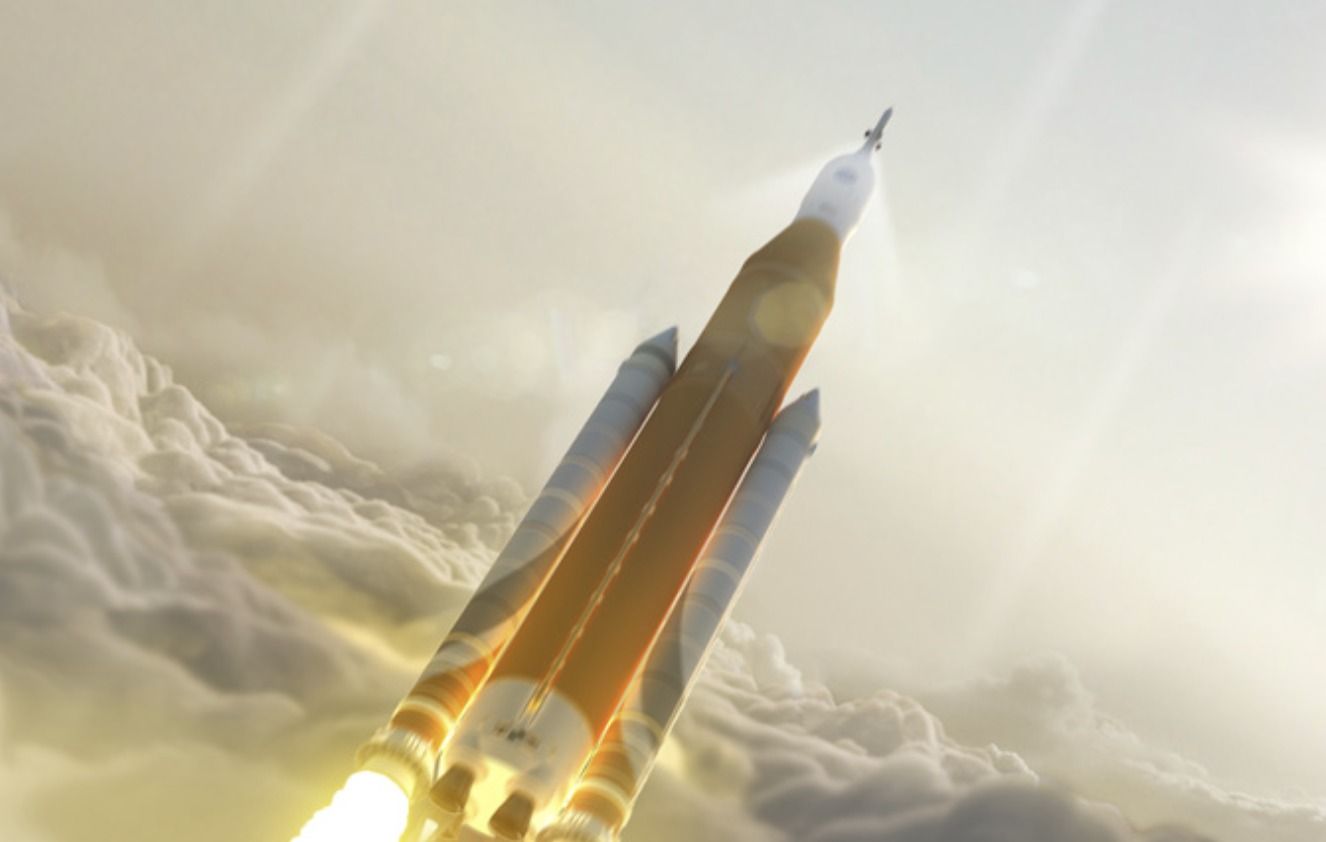
You may be thinking this is not a big deal but u would be wrong. Competition DRIVES INNOVATION!
Competition breeds progress, so it’s a bit thrilling to hear Boeing CEO Dennis Muilenburg say that he’s going to beat SpaceX to Mars in terms of delivering real humans to the surface of the red planet.
Muilenburg said that he’s “convinced the first person to step foot on Mars will arrive there riding a Boeing rocket,” speaking at a conference in Chicago Tuesday, according to Bloomberg. Boeing is working on a heavy-lift rocket project called the Space Launch System which would aim for a similar goal to what SpaceX is hoping to achieve with its Interplanetary Transport System, the details of which SpaceX CEO Elon Musk shared in a keynote presented at an international aeronautics convention last week.
Boeing and SpaceX are already close competitors when it comes to commercial spaceflight contracts from NASA, and the company’s approach to its system designed for reaching Mars reflects similar tensions to those present in the ongoing battle between the two for space missions closer to home. Boeing’s plan involves at least $60 billion in NASA-funded development prior to a human-crewed Mars mission in the late 2030s at the earliest.
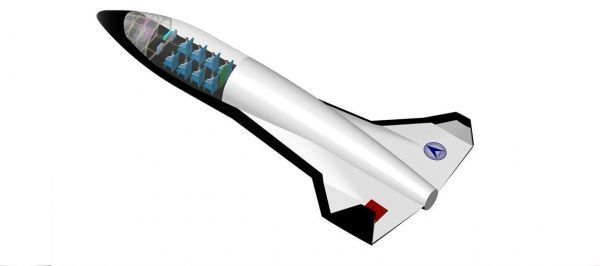
In Brief.
Imagine the hybrid of a rocket and a sleek airplane, blasting off and taking you all the way up to outer space. China might be offering just that in a few years.
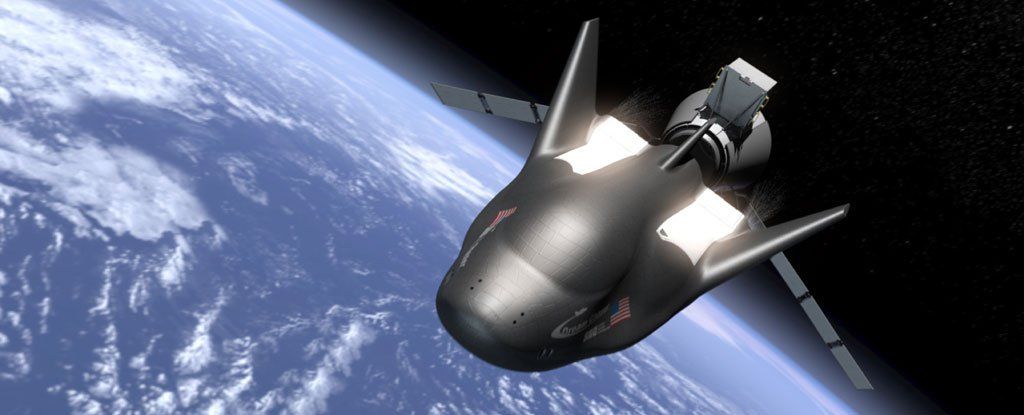
The United Nations (UN) has announced its first ever official space mission, with the aim of giving developing countries the opportunity to conduct research in a microgravity environment.
The mission, which is intended to launch in 2021, will make use of a Dream Chaser spacecraft – a shuttle-like spaceplane that’s currently in development by American aerospace firm Sierra Nevada Corporation (SNC).
The focus of the mission is to give developing nations – many of which don’t have their own dedicated space operations or craft – a chance to develop and fly payloads for an extended duration in orbit.
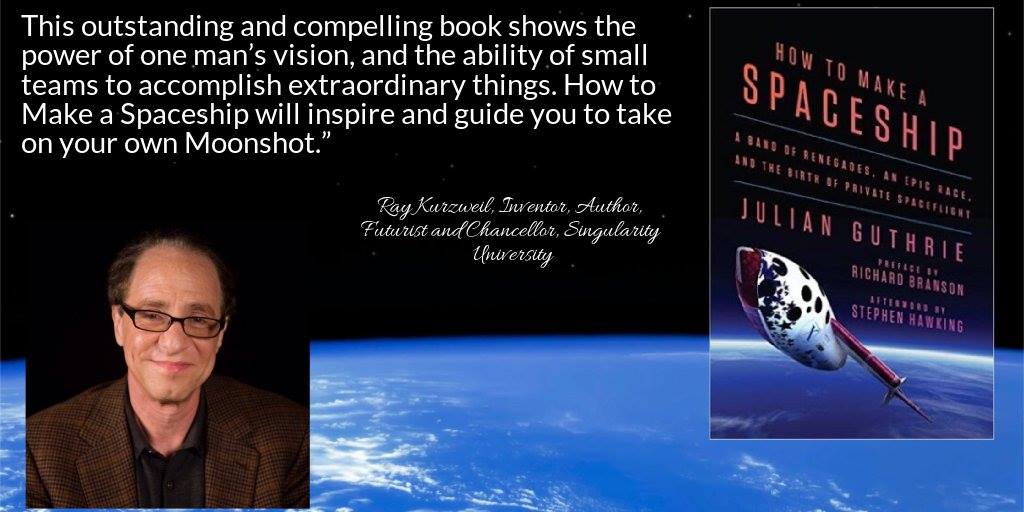
Alone in a Spartan black cockpit, test pilot Mike Melvill rocketed toward space. He had eighty seconds to exceed the speed of sound and begin the climb to a target no civilian pilot had ever reached. He might not make it back alive. If he did, he would make history as the world’s first commercial astronaut.
The spectacle defied reason, the result of a competition dreamed up by entrepreneur Peter Diamandis, whose vision for a new race to space required small teams to do what only the world’s largest governments had done before.
Peter Diamandis was the son of hardworking immigrants who wanted their science prodigy to make the family proud and become a doctor. But from the age of eight, when he watched Apollo 11 land on the Moon, his singular goal was to get to space. When he realized NASA was winding down manned space flight, Diamandis set out on one of the great entrepreneurial adventure stories of our time. If the government wouldn’t send him to space, he would create a private space flight industry himself.


In 2009, Carbon nanotube tethers with a strength of 9 N/Tex [9 million newton meters/kg] is over twice as strong as any fibers ever produced before.
In 2016, Jian Nong Wang and his colleagues made nanotubes with a process akin to glass blowing: Using a stream of nitrogen gas, they injected ethanol, with a small amount of ferrocene and thiophene added as catalysts, into a 50-mm-wide horizontal tube placed in furnace at 1,150–1,130 °C.
They packed the nanotubes even more densely by pressing the film repeatedly between two rollers.
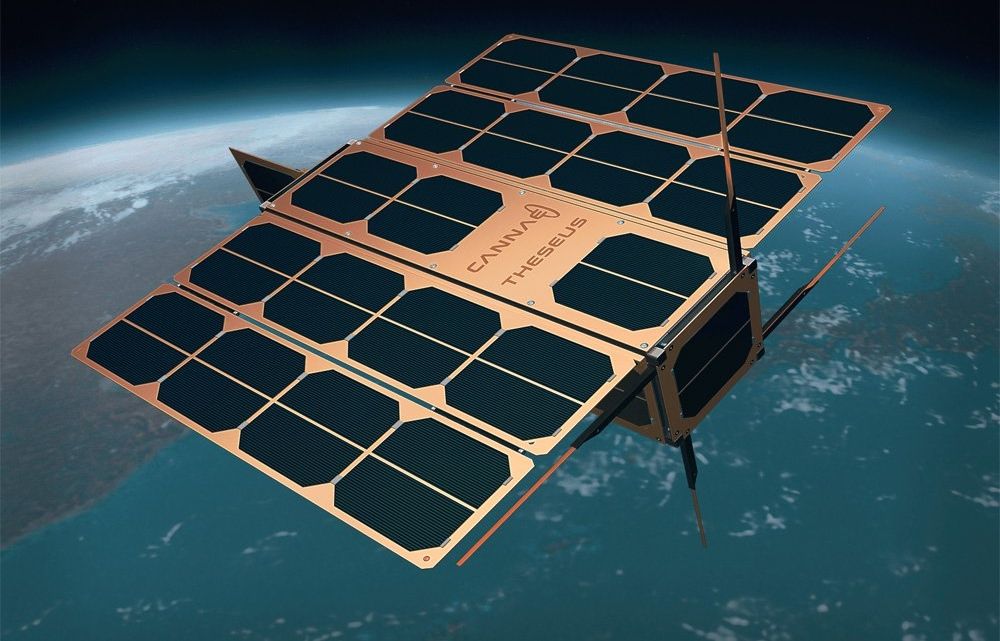
An exotic “impossible” space propulsion technology known as “Cannae Drive,” less known than the EmDrive but equally controversial, made news headlines a few weeks ago with the announcement that it is about to be tested in space. There are speculations that the Cannae Drive could exploit physics known as “Mach Effect.” But perhaps the same physics plays a role in the EmDrive as well.
Cannae Inc., the company formed by engineer Guido Fetta to commercialize Cannae Drive technology, announced the forthcoming launch of a cubesat to test its space propulsion technology. “Cannae’s technology requires no on-board propellant to generate thrust and will provide station-keeping for a cubesat flying below a 150-mile orbital altitude,” claimed the announcement. “The demonstration satellite will remain in this orbit for a minimum of six months.”
Ending a wave of speculations on the similarities between Cannae Drive technology and the anomalous EmDrive effect, Fetta posted a clarification a few days ago: